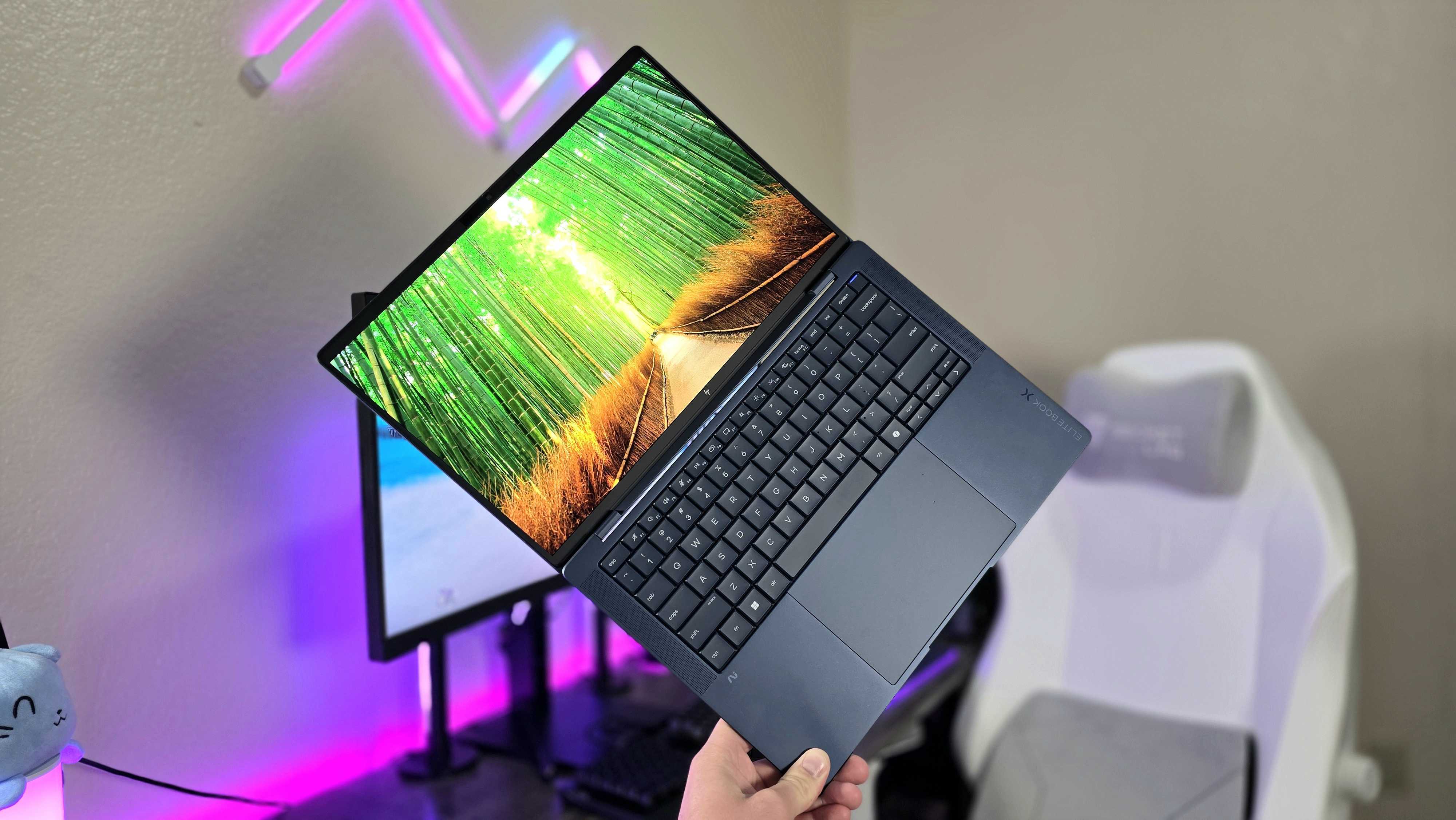Microsoft Edge has hidden feature to force dark mode on sites — here's how to use it
You don't have to let bright websites shine on your face anymore.

What you need to know
- Microsoft Edge has an experimental feature that lets you force websites into dark mode.
- The feature was also in Google Chrome until recently.
- The feature has multiple settings that handle elements such as images differently.
Microsoft Edge has all sorts of experimental features hidden within the edge://flags settings page. One interesting setting that was recently highlighted by MobiGyaan is the ability to force websites into dark mode. This experimental feature was also in Google Chrome until recently, but Microsoft Edge users can still enable it.
You can find the setting by entering edge://flags/#enable-force-dark into the address bar of Microsoft Edge. The feature has several options, including enabled, disabled, and enabled with selective image inversion. Each of these settings addresses switching websites to dark mode a bit differently, leaving different elements of pages untouched. You'll probably want to play around with the settings to see which one works best for you.
This feature appears in the "Try it" section of the build notes for Microsoft Edge Beta Build 83.0.478.64. That build rolled out to the Stable Channel of Microsoft Edge on July 13, according to a Microsoft doc breaking down Edge Stable releases. There's actually been another build released to the stable channel since then. Version 84.0.522.40 rolled out yesterday to the Stable channel.
The feature seems to work well, switching white backgrounds of web pages and text into dark mode colors. You can also get this functionality with the extension Night Eye. In addition to flipping colors around, that extension can do custom color mapping, play nicely with websites that have dark modes, and is generally much more powerful than Edge's experimental feature.
All the latest news, reviews, and guides for Windows and Xbox diehards.

Sean Endicott is a news writer and apps editor for Windows Central with 11+ years of experience. A Nottingham Trent journalism graduate, Sean has covered the industry’s arc from the Lumia era to the launch of Windows 11 and generative AI. Having started at Thrifter, he uses his expertise in price tracking to help readers find genuine hardware value.
Beyond tech news, Sean is a UK sports media pioneer. In 2017, he became one of the first to stream via smartphone and is an expert in AP Capture systems. A tech-forward coach, he was named 2024 BAFA Youth Coach of the Year. He is focused on using technology—from AI to Clipchamp—to gain a practical edge.
